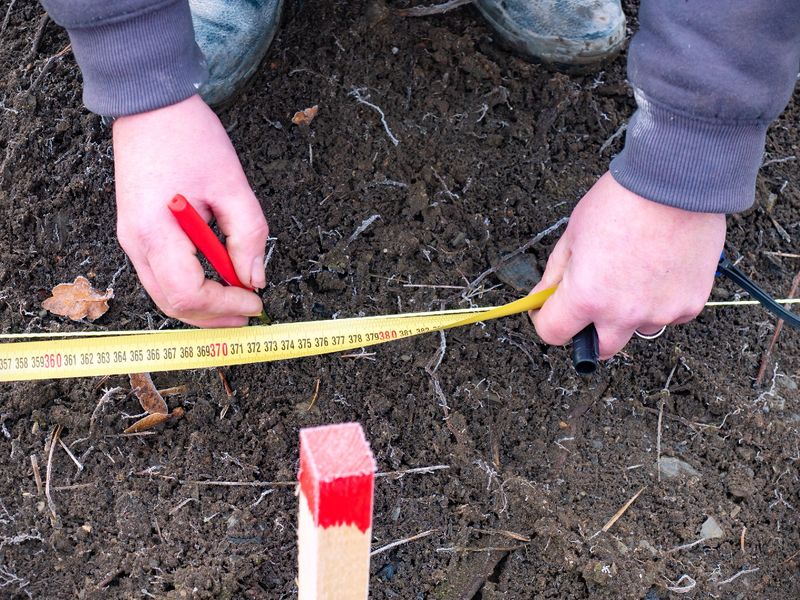One of the most important things you can do to ensure a successful vegetable garden is to create a map of your garden. One cann’t start wrong and do a right thing. It may sound daunting, especially if you’re new to gardening, but I promise you, it’s worth the effort.
Gather Your Materials
- Graph paper: This will help you keep your drawing to scale and ensure that your garden map is accurate.
- Ruler: A ruler will help you measure your garden plot and draw straight lines.
- Pencil and eraser: These are essential for sketching out your garden map and making changes as needed.
- Colored pencils or markers: These will help you color-code your garden map and add additional details.







